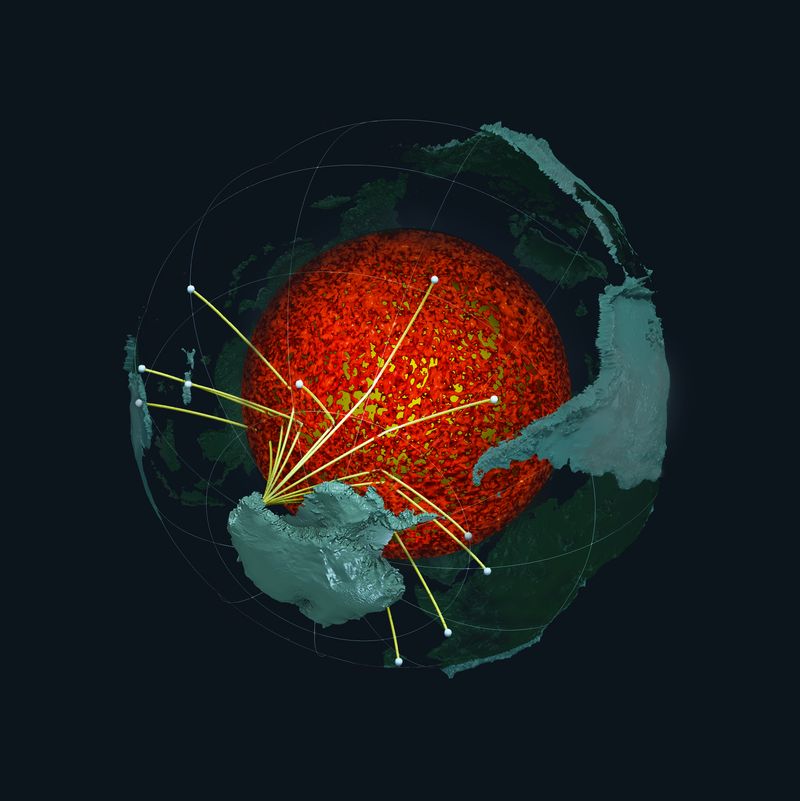Through the science of seismic imaging, researchers have revealed that an ancient ocean floor may be wrapped around the Earth’s core.
The layer in question sits at the core-mantle boundary (CMB), the region inside the Earth at which the molten outer core meets the silicate rock mantle, around 2,900 kilometers (1,800 miles) below the surface. Whilst it’s a relatively thin layer, it also has incredibly dense regions, which scientists have deemed ultra-low velocity zones (ULVZ) due to their ability to slow down seismic waves.
How ULVZs came to be has been a matter of scientific debate for decades, particularly as producing far-ranging, high-quality images of the region has been difficult. However, the current study appears to have discovered the answer.
“Seismic investigations, such as ours, provide the highest resolution imaging of the interior structure of our planet, and we are finding that this structure is vastly more complicated than once thought,” said Samantha Hansen, lead author of the study, in a statement.
Akin to a medical scan of the body, the research team buried a network of seismic probes in Antarctica, which used seismic waves created by earthquakes to produce an image of the Earth’s southern hemisphere interior.
“Analyzing 1000’s of seismic recordings from Antarctica, our high-definition imaging method found thin anomalous zones of material [UVLZs} at the CMB everywhere we probed,” said fellow author Edward Garnero.
“The material’s thickness varies from a few kilometers to 10’s of kilometers. This suggests we are seeing mountains on the core, in some places up to 5 times taller than Mt. Everest.”
The researchers believe that due to the seismic-wave slowing properties of the ULVZs and their variable heights, the layer is most likely made up of ancient oceanic crust, buried over millions of years by the subduction of tectonic plates.
They also suggest that it could cover the entirety of the Earth’s core – given the way continents slowly move over time – although further seismic surveys are needed to determine if this is truly the case.
Future work aside, the current findings give us a better idea of how heat might escape from the Earth’s core in the thinner zones, escaping through the mantle and above the Earth’s surface in the form of volcanic eruptions.
"Our research provides important connections between shallow and deep Earth structure and the overall processes driving our planet,” said Hansen.
The study is published in Science Advances.




